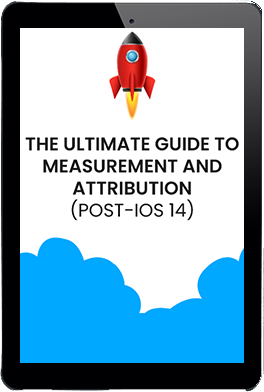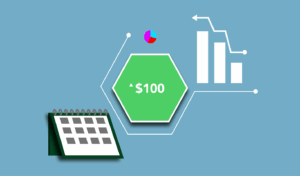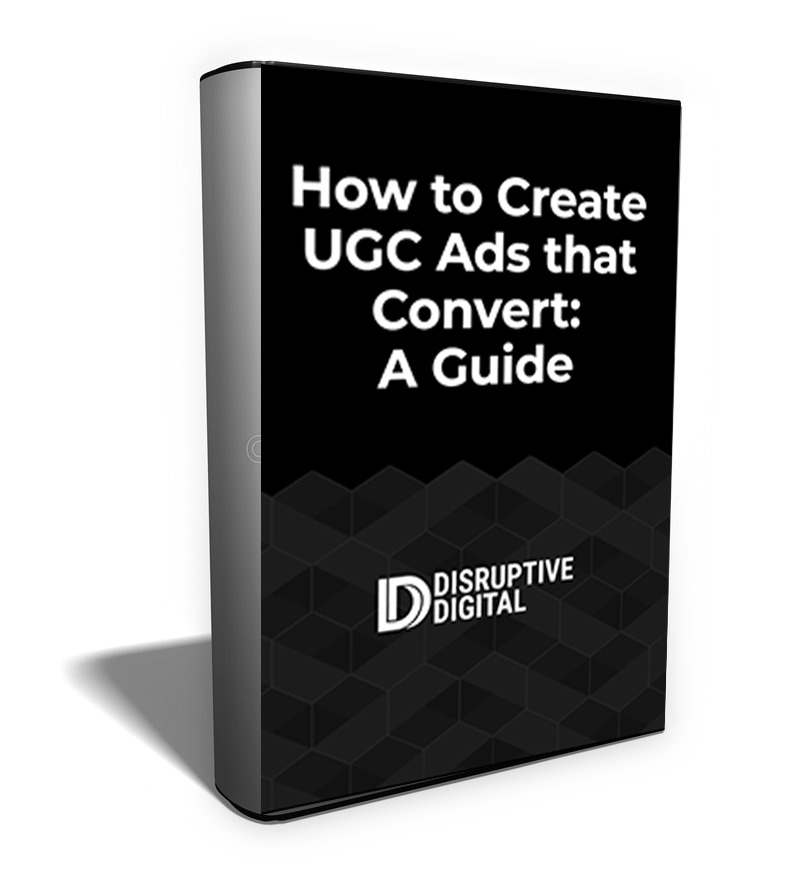1. Cost Per Result (formerly Cost Cap)
The Cost Per Result is a Facebook Ad bidding strategy that focuses on hitting your average target acquisition cost.
Here’s how it works: In the example below, I set a cost cap of $5.
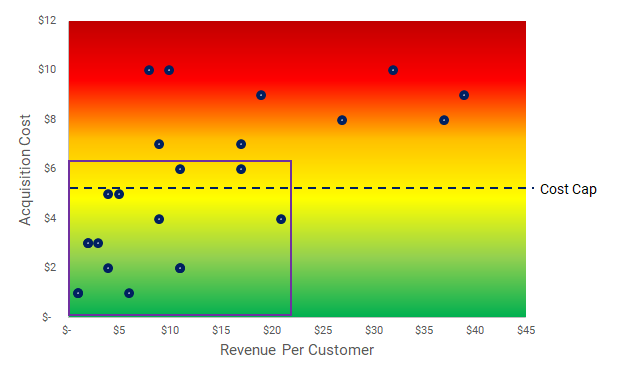
If I have an unlimited budget, Facebook will acquire all of the users in the purple box. All of the conversions below the dotted line are $5 or lower, the total CPA is less than $5. Some will be $5 even, but some may be $2 or $3.
Since some CPAs will be $3, this means that Facebook can then bid $7 for higher quality placements, as long as it all evens out to around $5. This allows you to acquire more customers while still hitting your goal.
Because this option gives you the chance to acquire higher quality leads while still sticking to an overall CPA goal to keep your costs on track.
It’s best to use this Facebook Ad bidding strategy in the following circumstances:
-
- You have a certain acquisition cost target and no concerns about going slightly over once in a while as long as performance averages out; this is common for many brands
-
- You’re running catalog ads with little or no price variation between products
-
- You are sending people to landing pages where the average order value is relatively predictable (like a product page, or a landing page with a single product)
2. Highest Volume (formerly Lowest Cost)
The Highest Volume Facebook Ad bidding strategy prioritizes acquiring as many cheap conversions first as possible within your budget. Then, once all of those cheap conversions are obtained, they’ll then go after more expensive conversions.
In the graph below, they’ll start with acquisitions in the green area of the map before moving to yellow and then to red.

If your budget was unlimited, there would actually have no upper limit for what you’d be paying per CPA. Budgets, however, do limit delivery. As a result, Facebook uses optimal bids in the background to get you the lowest cost conversions possible while hitting your budget.
This bidding strategy can work well in either of the two following scenarios:
-
- You’re running catalog ads that have very little to no price variance between the products you’re advertising
-
- You’re promoting landing pages where the average value is relatively predictable (like a product page, a landing page with one product, or a page with a singular offer)
-
- When you have a budgeted amount planned with no intended acquisition cost target
3. Bid Cap
When you implement the Bid Cap bidding option, Facebook will deliver your ads to users who are most likely to convert as long as they cost less than or equal to the bid cap that you’ve set.
Facebook will not show your ad to any users that will cost above your bid cap to acquire, even if you have plenty of acquisition opportunities that come in far under the bid cap. They’ll start with the cheapest customers, and then expand to more expensive opportunities, but they’ll all fall at or under your bid cap.
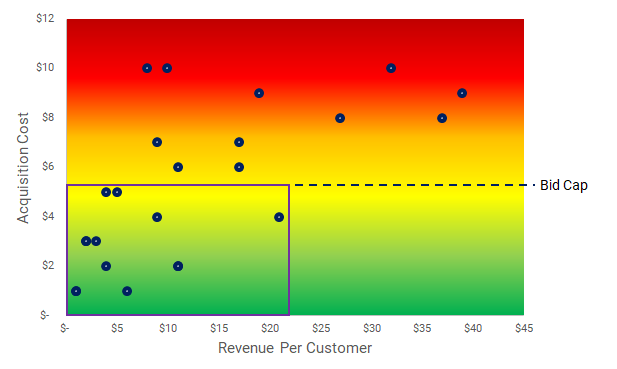
In this bidding strategy, Facebook will always keep your average CPA below your bid cap. In the example above, I set a bid cap for $5 and an unlimited budget. Facebook acquired all of the users in the purple box under the bid cap, keeping my CPA under $5.
4. Highest Value
The Highest Value Facebook bidding option isn’t about bidding in the highest ROAS; it’s actually about connecting you with the biggest spenders within your budget, and to then go after lower spenders (or lower value audiences).
In this graph, the high value spenders are going to be in the green, which is where Facebook starts for this bidding option. They’ll move to the left through yellow, orange, and then red.
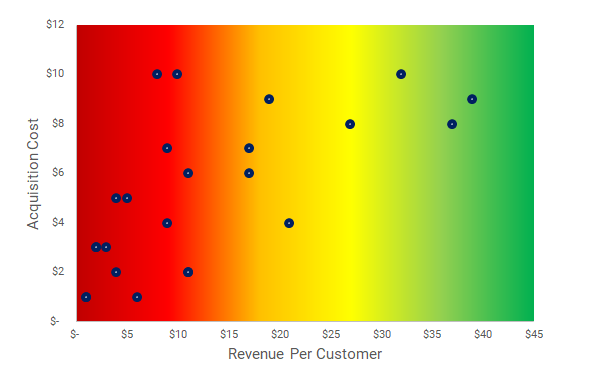
Bidding for the highest value isn’t about ROAS, but it can actually correlate closely with a stronger ROAS. While these customers often cost more to acquire, they are more likely to purchase and to purchase more than the average customer. This often far outweighs the increased conversion cost.
The biggest challenge you’ll want to consider with this bidding option is that there are typically fewer users in this segment available, making them much more competitive in the auction. It’s possible that you could reach a smaller segment of your target audience here.


